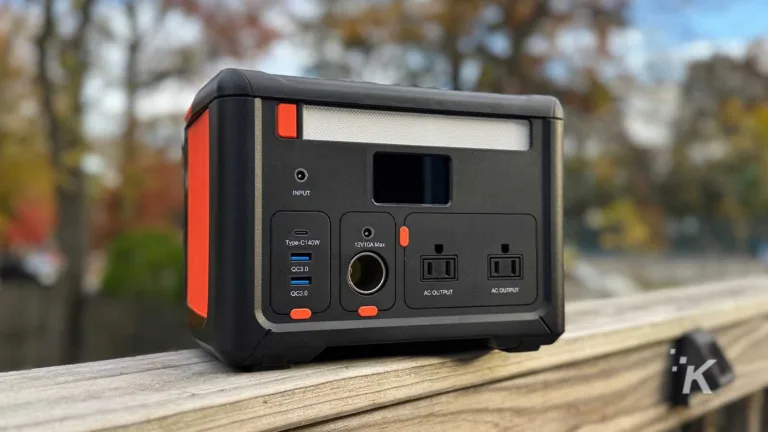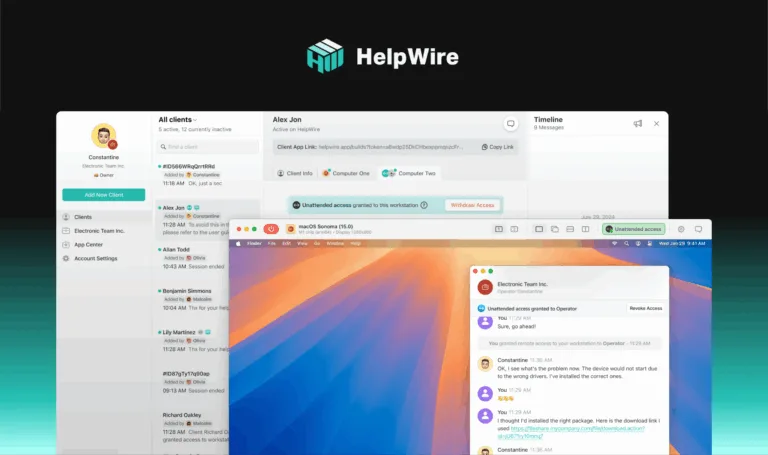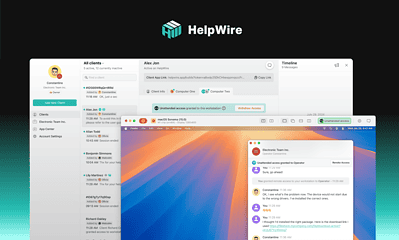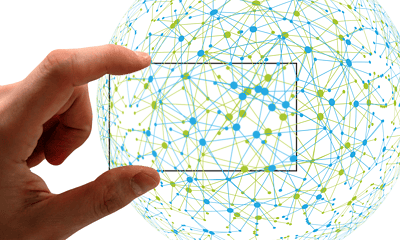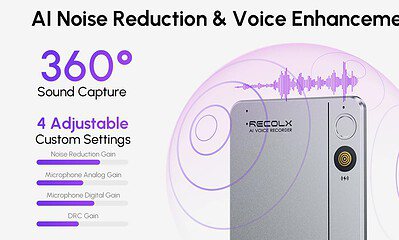Sponsored
Rise of the Creator Tech Stack: Tools creators need in 2025
In 2025, creators will harness the power of a modular tech stack: top-tier tools for content creation, hosting, distribution, monetization, and analytics.

Just a heads up, if you buy something through our links, we may get a small share of the sale. It’s one of the ways we keep the lights on here. Click here for more.
In 2025, the creator economy continues to gain momentum: bloggers, independent developers, and digital content sellers are no longer just experimenting, but building full-fledged businesses.
But to keep up the pace, the right tech stack is becoming not a luxury, but a must-have tool. The world is moving away from monolithic all-in-one platforms and toward modular solutions, where each tool is the best in its class.
In this article, you will learn which tools are worth evaluating and integrating in 2025.
What “Creator Tech Stack” really means
Creator Tech Stack is not just a set of programs that happened to end up on your laptop. It is a carefully selected ecosystem of tools – from editors and CMS to automation and analytics services.
Each element has a clear function. Some help create content, while others help distribute it, monetize it, and measure results to improve strategy.
The rejection of universal “all-in-one” platforms in favor of modular stacks by modern creators is driven by flexibility and the ability to choose the best-in-class tools.
This approach allows you to adapt more quickly to market changes and be prepared for future trends.
However, there are compromises. Modularity means additional licensing costs, the need to configure compatibility between different services, and a steeper learning curve.
But for those who think strategically, the advantages outweigh the disadvantages: the stack becomes an engine for business growth.
Core layers of the 2025 creator stack
For a tech stack to work as a coherent system, it should be imagined not as a chaotic set of programs, but as a multi-layered system.
Each layer is responsible for its own function, and only in combination do they create a solid foundation for the development of the creator.
- Tools for creation and content. Everything is solved here: block editors and visual designers for texts and websites, multimedia applications for editing audio, video and graphics. An important trend is repurposing: when one podcast can be turned into an article, several clips and a series of short posts.
- Hosting, CMS and delivery. Static site generators, headless CMS or ready-made managed platforms provide the foundation. Add CDN and edge delivery so that content loads instantly. And progressive web applications are used for mobility.
- Distribution and automation. Email campaigns, drip sequences, social media post planners. The key word here is integration: Zapier, Make or API connections save you from manual routine.
- Monetization and commerce. From subscriptions and digital products to micropayments and affiliate programs. In this case, the stack turns into real money.
- Analytics and feedback. Deep attribution, heat maps, A/B tests and surveys help you understand what really works.
How to choose: From the “good” to the “right” tools
In a world of hundreds of platforms and applications, it’s easy to settle for the first “good enough” solution. But the true power of Creator Tech Stack is revealed when you choose not just convenient, but the right tools.
The first thing to look for is integration and API friendliness. If a service is easy to connect to others, you can save hours of manual labor.
Next comes scalability and reliability: the tool should grow with your business without becoming narrowly focused.
Equally important are the community and plugin ecosystem. A tool with an active user base and extensions opens up more opportunities.
Keep ownership in mind: your data should remain yours and be portable. Finally, evaluate the learning curve and developer support. The right stack is a balance between power and accessibility, not a marathon of constant learning.
It is also worth paying attention to the OnlyMonster tool. It is a platform that helps creators integrate different processes into a single workflow. It automates routine tasks but leaves the most important thing – creative freedom.
Integration & workflow: The glue between tools
Even the best set of tools can be useless if they don’t communicate with each other.
Friction kills any implementation: if every step requires manual copying or uploading of files, the stack becomes a headache, not an advantage.
The ideal scenario looks like a single, seamless ecosystem:
- Content creation.
- Automatic posting of content on social networks.
- Email newsletter creation.
- Data collection for analytics.
This way, there is a minimum of unnecessary movements and a maximum of results.
Examples of workflows are numerous: auto-publishing articles on a blog with a subsequent announcement on Twitter, cross-format repurposing of one video into a series of shorts, or combining content and advertising campaigns in a single calendar.
Emerging add-ons & innovations to watch in 2025
The Creator Tech Stack is not standing still. Every year, game-changing innovations emerge.
In 2025, the main characters will be AI agents and copilot tools that are built directly into the stack: they prompt, optimize, and even perform routine actions instead of a person.
Another trend is modular plugin marketplaces. Instead of closed ecosystems, open platforms are emerging where creators can select extensions for specific tasks.
Blockchain and Web3 solutions are becoming increasingly popular in finance: from tokenized membership to transparent payments without intermediaries.
Micro-automation is also gaining momentum. Small triggers and edge-computing actions allow you to respond to events instantly, without unnecessary delays. And orchestration tools take integrations to a new level: they synchronize different services into a single, logical process.
For creators, this means the main thing: more flexibility, more tools for experiments, and more control over your own business.
Conclusion
Successful creator tech stacks are multi-layered, integrated, and well-thought-out systems that support creator growth and efficiency.
Don’t take everything at once: choose tools based on your stage of development, audience, and revenue model.
The future of stacks is constantly changing. The winners will be those who remain flexible, experiment, and are able to quickly adapt their set.
Have any thoughts on this? Drop us a line below in the comments, or carry the discussion to our Twitter or Facebook.
Editors’ Recommendations:
Disclosure: This is a sponsored post. However, our opinions, reviews, and other editorial content are not influenced by the sponsorship and remain objective.

